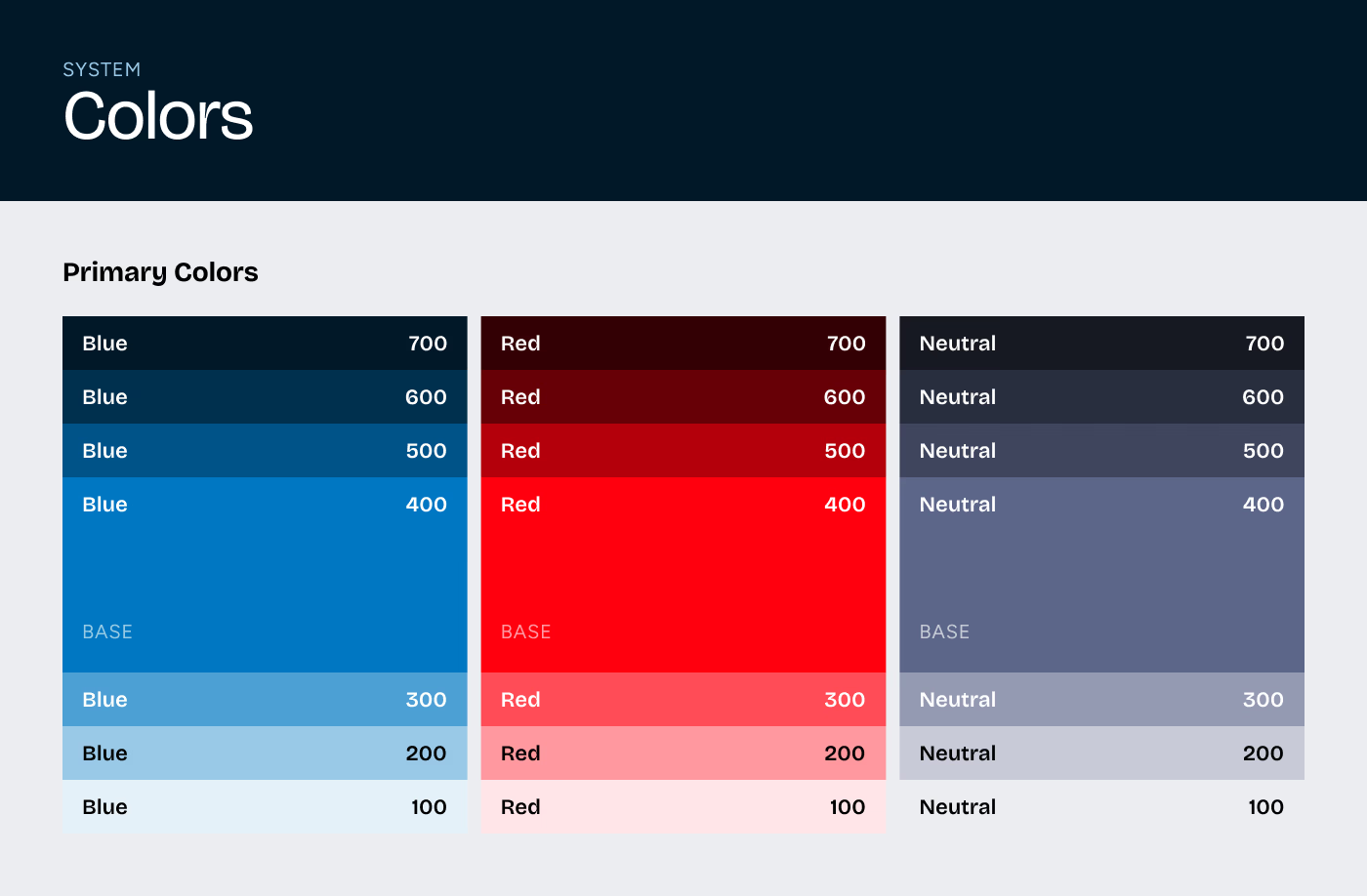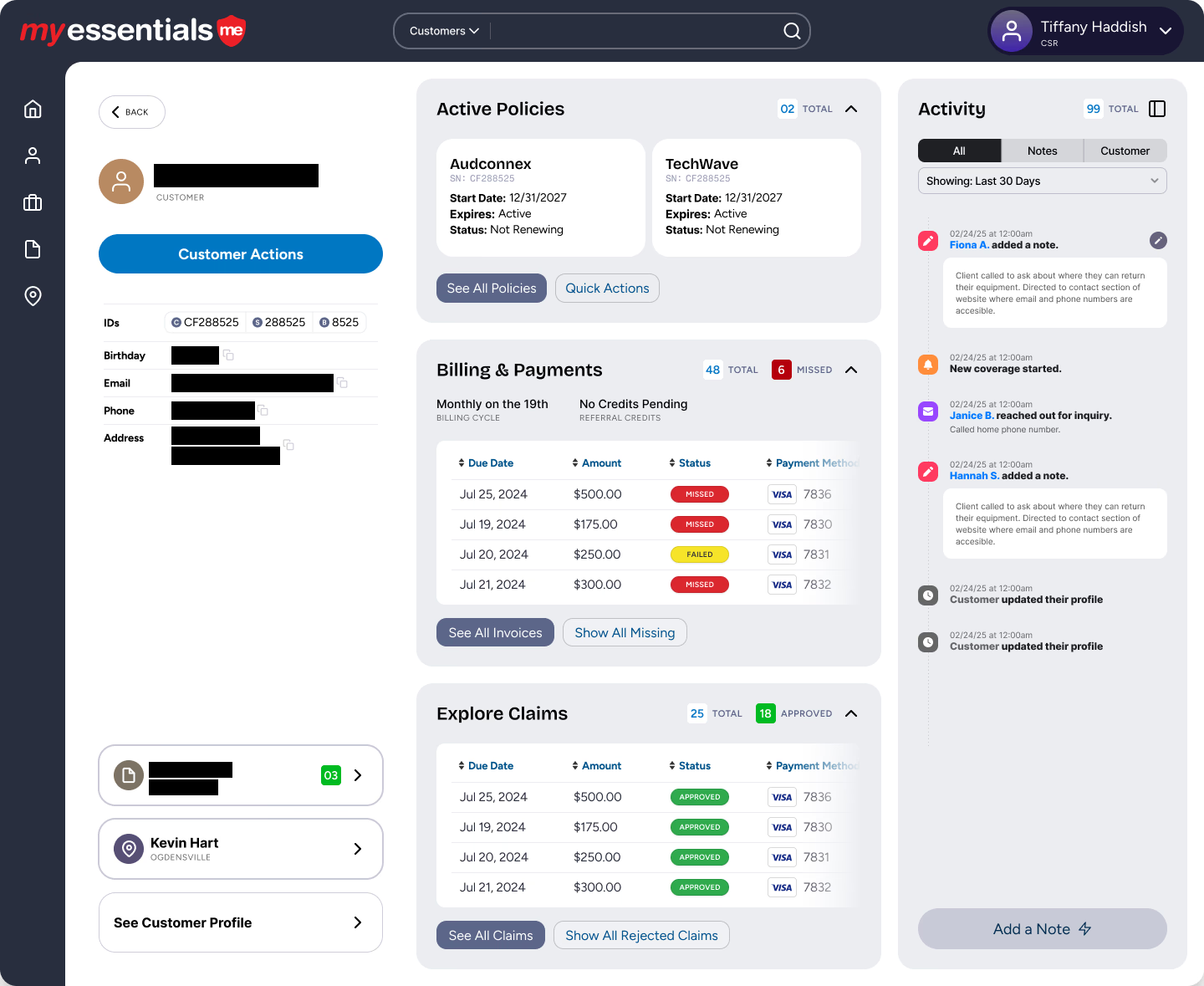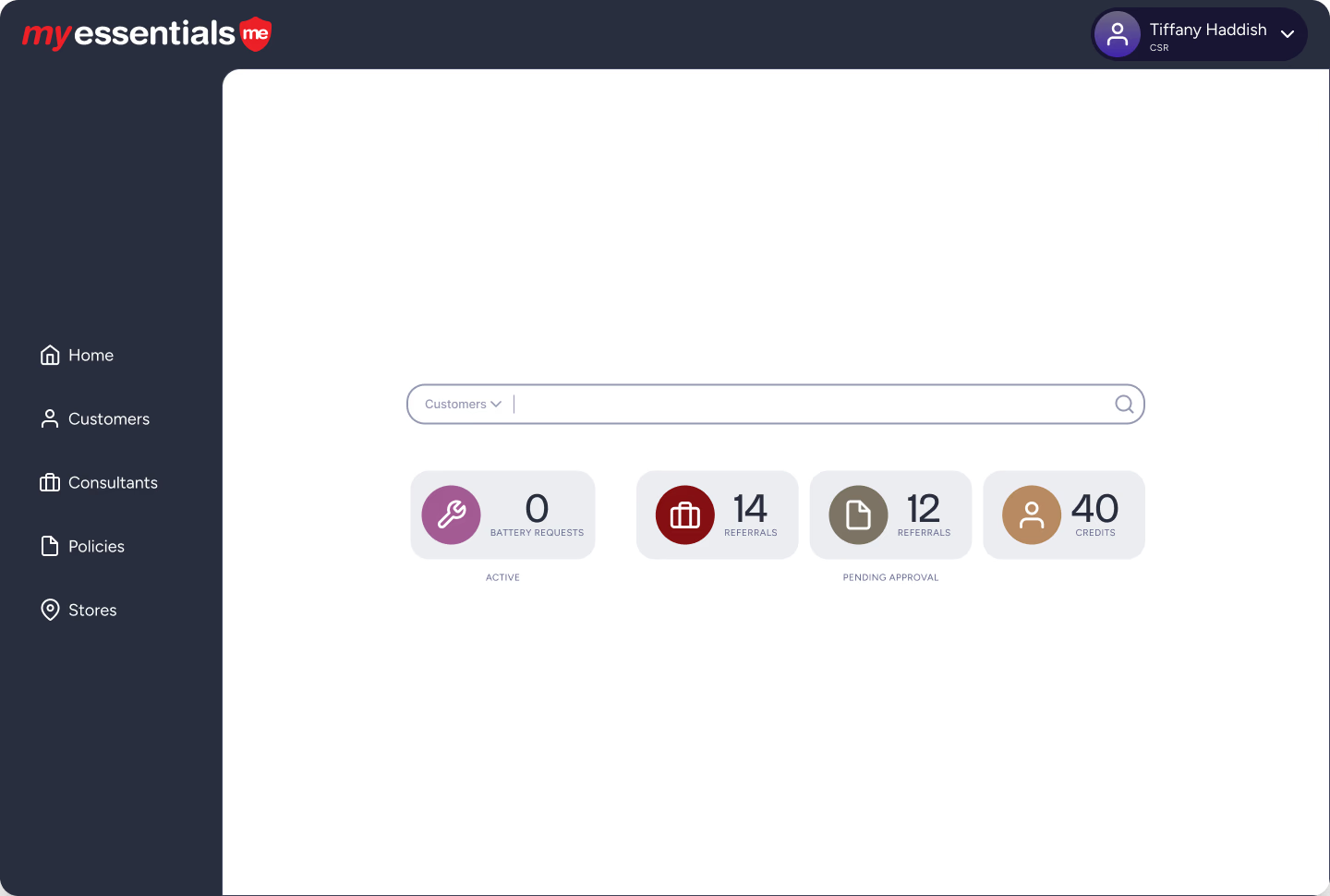When building a software product, a proof of concept is often created to validate the feasibility of an idea or a concept. We provide design and development services to build software poc with a curated project management methodology.
A proof of concept (POC) is a small, focused project teams use to validate that a software idea is technically feasible before committing to full development. It answers the question: “Can we build this in a reliable, scalable way?” and reduces risk early in the product lifecycle.
A strong POC provides clarity for stakeholders, avoids costly false starts, and helps teams make confident decisions about what to build — and how to build it.
What does a proof of concept actually test?
A POC is used to test:
Technical feasibility - Can the core idea be built with the available tools, data, and integrations?
Critical assumptions - Are there unknowns that could slow down or block development?
Architecture direction - Does the chosen architecture support scalability, performance, and security needs?
Integration reliability - Will required external systems (APIs, data sources, third-party platforms) work as expected?
Unlike prototypes or MVPs, a POC is not about design polish or complete functionality. It focuses on reducing technical risk.
Why do organizations use proof of concept projects?
Teams often use POCs when they are:
Considering new technology or frameworks
Building software with unusual or complex integration requirements
Evaluating modernization paths
Working with limited information or unclear technical constraints
Trying to confirm a business idea before investing in a full product
A POC provides evidence, not guesswork. Stakeholders get clearer expectations. Development teams get clarity about risk. And leadership avoids green-lighting projects that are not technically viable.
Proof of concept vs. prototype vs. MVP
These three terms are often confused, but they serve different purposes:
Proof of Concept
Tests feasibility
Not user-facing
Not meant to be production-ready
Prototype
Demonstrates user experience or design
Visually interactive
Does not focus on technical feasibility
Minimum Viable Product (MVP)
A functional version of the product
Built for real users
Uses validated assumptions from POCs and prototypes
A POC often comes first. Its findings shape what the prototype and MVP should become.
What are the benefits of running a POC early?
Lower project risk
Teams identify what is technically possible and what may require rethinking.
Better estimates and planning
Once the unknowns are reduced, timelines and budgets become much more accurate.
Faster decision-making
Stakeholders can compare approaches based on real evidence instead of assumptions.
Clearer architecture direction
A POC can validate which frameworks, integrations, or tools best support the long-term goals.
Stronger alignment
Teams have shared insight into what is feasible and what tradeoffs to expect.
What does a typical software POC include?
A well-structured POC often covers:
A clearly defined technical question
A minimal implementation that answers that question
Documentation of findings
Recommendations for next steps
Risks that need to be addressed before full development
POCs should be fast — often measured in days or weeks, not months.
When should you invest in a POC?
A proof of concept is especially valuable when:
You are adopting unfamiliar technology
A project involves complex data structures or integrations
Requirements are unclear or evolving
The team needs to validate performance expectations
Stakeholders want confidence before committing to a larger investment
If the team is unsure about feasibility, a POC is the most cost-effective way to find answers.
What happens after a POC is complete?
The results typically lead to one of three decisions:
Move forward
The idea is technically feasible and worth building.
Adjust scope or direction
The core idea works, but needs refinement.
Do not proceed
The approach is not viable, saving time and budget.
Documenting the findings ensures that future design and engineering decisions are grounded in what the team learned.
How Troy Web Consulting approaches software POCs
Our team focuses on practical validation. We help organizations clarify feasibility questions early, reduce project risk, and build a path toward scalable architecture.
A strong POC does more than answer a technical question — it strengthens decision-making, reduces surprises, and sets the foundation for smoother development.
If you’re evaluating a new idea or planning a modernization, a POC can be the fastest way to move forward with clarity.
FAQ: Proof of concept in software development
What is the purpose of a software POC?
Its purpose is to validate whether a software idea is technically feasible and identify potential risks before full development.
How long does a POC usually take?
Most POCs take between a few days and a few weeks, depending on the complexity of the technical question.
Do POCs become part of the final product?
No. They are exploratory. The code is not meant for production.
How is a POC different from an MVP?
A POC validates feasibility. An MVP is a working product built for real users.
When should teams use a POC?
When facing technical uncertainty, considering new technology, or evaluating complex integrations.



